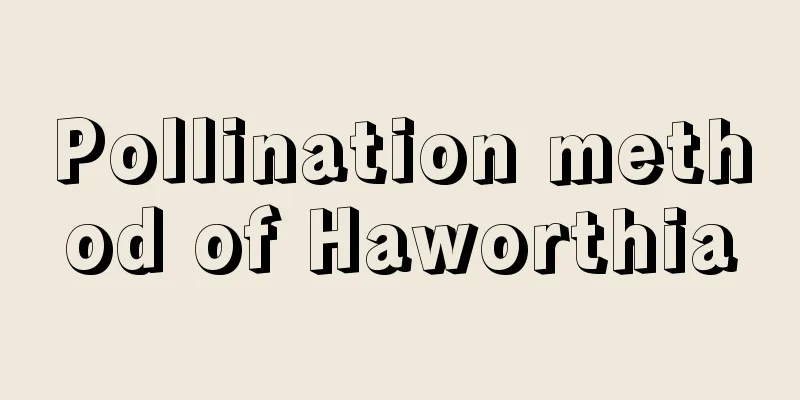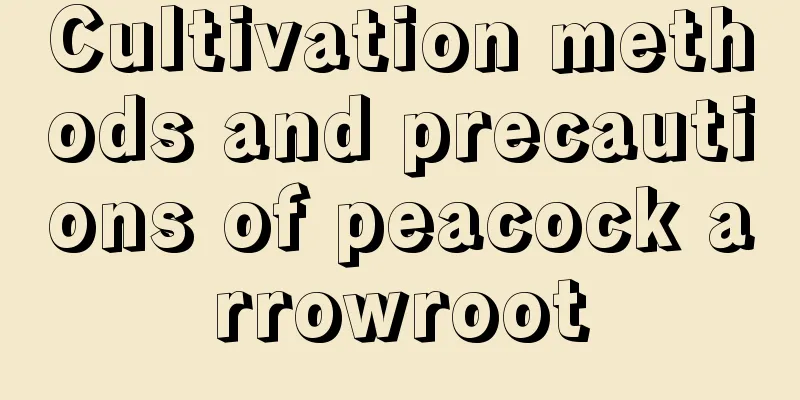Diseases and Pests of Clover and Their Control

Common diseases of clover and their controlSclerotiniaOnce clover is infected with sclerotinia, scars will form on the plant. They will appear light brown at first, and gradually change from light brown to grayish white. At this time, the base of the rhizome becomes soft and rotten, and the so-called sclerotia will grow. In mild cases, the plants will turn yellow with star-shaped yellow spots, while in severe cases, large areas will wilt and die. The method of prevention and control of sclerotinia disease is to first pull up the plants and deal with them in a centralized manner to reduce the spread. Pay attention to drainage during rainy seasons to avoid waterlogging. The second method is to use the common chemical pesticide - vinyl sclerotinia agent, which can rupture the sclerotium cells. Viral infectionIf the white clover is infected by a virus, it is difficult to control it with drugs. Methods such as seed disinfection, soil treatment, and killing of insect vectors can be used. Common Clover Pests and Their ControlLeafhopperIt is an insect pest that lives on the underside of leaves and sucks the leaf sap. If the damage is minor, the leaves of the plants will turn green and small white spots will appear on the leaves. If the damage is severe, the entire leaf will appear pale, greatly reducing its ornamental value. The prevention and control method is to check in late April. If larvae are found, they can be killed with pesticides. The spraying should be even, not only on the leaves and backs, but also on the top and bottom, inside and outside of the plant. CutwormsAs its name suggests, cutworms are extremely harmful to root buds. Some of them bite off the rhizomes on the ground. They can also eat the sprouts from the ground, causing the death of large numbers of plants. To prevent and control them, you can use venom to lure and kill them. You can also use furadan granules to kill them, with a dosage of 1500-2000 grams per mu. This drug has a long residual effect and can prevent harm 7-8 weeks after application. White butterflyIt is one of the major pests of clover. From April to October every year, the white cabbage butterfly begins to "do evil". In the dry and hot summer season with little rain, the larvae can eat all the leaves, causing the growth of the affected plants to weaken. To prevent and control it, you can spray green worm fungus to kill it during the larval stage, or you can spread 2.5% dichlorvos powder in the morning when the dew has not dried, with a dosage of 3-4 kilograms per mu, which is more effective. |
<<: Diseases and Pests of Boxwood and Their Control
>>: Cedar Pests and Diseases and Their Control
Recommend
Can African jasmine be exposed to the sun?
Can African jasmine be exposed to the sun? Africa...
How to cultivate Buddleja
1. Maintenance methods 1. Temperature: The normal...
Can herbal tea dregs be put directly into the soil to grow flowers (Can herbal tea dregs be used as fertilizer to grow flowers)
Can herbal tea residue be used to grow flowers? I...
How to plant the seeds of Hongyun Dangtou
1. Sowing time Because it is a tropical plant, it...
When and what fertilizer to use for orchids in spring
1. Fertilization in early spring In early spring ...
How to propagate and prune the millennium tree
1. How to breed 1. Cutting method: One of the com...
How to grow aloe vera in summer
Maintenance methods temperature Aloe vera needs a...
How to cut the Gordian knot
For quick cuttings, use branches with leaves The ...
How to water June Snow Watering methods and precautions
Overview of Watering in June How to judge whether...
How to grow Dieffenbachia
1. Breeding conditions 1. Soil: Dieffenbachia lik...
How to grow mango seeds in pots
Mango is a very common fruit. The remaining cores...
What to do if the leaves of gardenia wilt
1. Control humidity It does not like places that ...
Camellia's effects and benefits on the skin and its benefits to humans
1. Effects and benefits on the skin 1. Lighten sp...
Can elm trees be transplanted in winter? Precautions for transplanting elm trees in winter
Can elm trees be transplanted in winter? Elm tree...
How to grow rainbow jade in autumn
1. Increase nutrients Its peak growing season is ...









